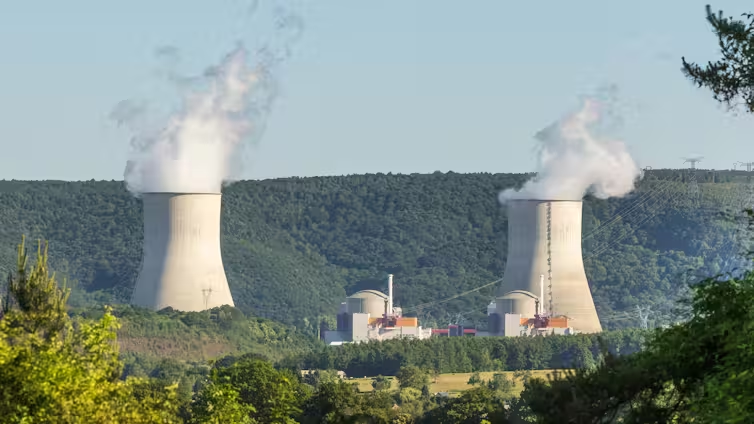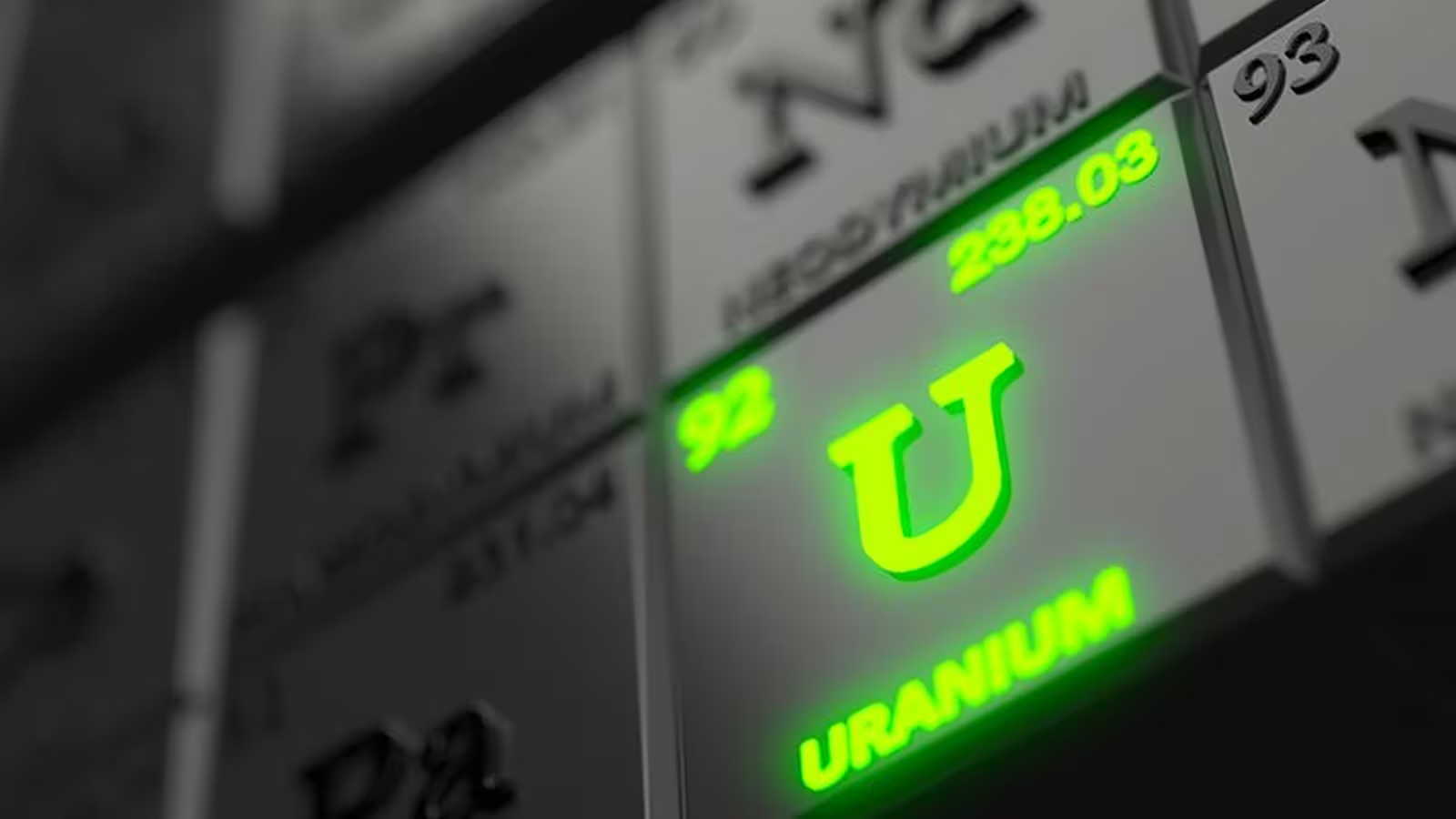4 Minutes
When most people hear the word 'uranium,' they often picture iconic images of nuclear explosions, Cold War tensions, or the glowing rods popularized by science fiction. However, uranium's significance extends far beyond its reputation as material for nuclear weapons. This naturally occurring element is not only widespread in the Earth's crust, but it also plays a pivotal role in energy production, medicine, and global security debates.
Scientific Foundations: What Is Uranium?
Uranium, occupying atomic number 92 on the periodic table, is a heavy, naturally radioactive metal found in rock, soil, water, and even in trace amounts within plants and animals. The German chemist Martin Heinrich Klaproth first identified uranium in 1789, naming it after the recently discovered planet Uranus. Yet, it was not until the 20th century that scientists harnessed uranium's true power, discovering that its atomic nucleus could split in a process called nuclear fission. Nuclear fission releases vast amounts of energy, forming the foundation for both nuclear power generation and atom bombs.
Despite its potent capabilities, uranium is nearly everywhere—predominantly found in the Earth’s crust. But only a specific form, uranium-235 (U-235), is especially useful for sustaining the chain reactions essential for energy or weapon applications.
The Challenge and Process of Uranium Enrichment
Not all uranium is created equal. Natural uranium largely consists (over 99%) of uranium-238, a stable isotope, with just about 0.7% made up of uranium-235, the isotope capable of supporting nuclear fission. Isotopes are simply atoms of the same element with different masses—much like apples from the same tree that vary in size.
To use uranium efficiently in reactors or, at the extreme, for weaponization, the concentration of uranium-235 must be significantly increased through enrichment. This process involves three main steps:
- Conversion to Gas: The uranium ore is first processed into a gaseous form known as uranium hexafluoride (UF6).
- Centrifuge Separation: The gas is introduced into high-speed centrifuges. Since U-235 is slightly lighter than U-238, this process physically separates the isotopes much like a salad spinner spins water away from leaves. Multiple successive centrifuges are used to increase the concentration efficiently.
- Enrichment Levels: The higher the percentage of U-235, the greater its capacity for chain reactions. Uranium enriched to 3-5% U-235 is sufficient for use in commercial nuclear reactors, where it powers electricity production. When the U-235 fraction reaches 20%, it is classified as highly enriched uranium, and above 90%, it becomes weapons-grade—capable of fueling the uncontrolled chain reactions behind atomic explosions.
Recent international events, such as the US military strikes in Iran in June 2025, were prompted by intelligence about facilities allegedly stockpiling uranium enriched to 60%. Such high enrichment has reignited concerns over nuclear proliferation and global security, underscoring the critical distinction between civilian and military uranium utilization.

Uranium's Dual Impact: From Energy to Medicine
While headlines frequently highlight uranium’s military applications, its contributions to society are profound. Currently, nuclear energy—powered by enriched uranium—generates about 10% of global electricity, much of it carbon-free, contributing to national energy grids without producing greenhouse gases. Countries like the United States rely heavily on nuclear fuel for a steady and reliable power supply.
In medicine, uranium is used in certain cancer treatments and advanced imaging technologies, helping diagnose and fight disease. In defense and marine fields, enriched uranium powers nuclear submarines and aircraft carriers, enabling them to operate efficiently, silently, and for extended periods without refueling.
Global Implications and the Path Forward
The role of uranium in international diplomacy, security, and technological innovation is complex and evolving. As global attention focuses on the risks of nuclear proliferation, scientific institutions such as the International Atomic Energy Agency (IAEA) continually monitor enrichment activities to ensure compliance with treaties and safeguard civilian nuclear programs.
Looking ahead, advancements in nuclear reactor design—such as next-generation small modular reactors (SMRs)—promise to enhance the safety and efficiency of uranium-fueled power, potentially making the resource even more integral to clean energy transitions worldwide. However, the challenges of balancing peaceful applications with the risks of weaponization remain central to policy debates.

Conclusion
Uranium stands at the intersection of promise and peril. Mined from the depths of Earth's geological past, this element can power cities, revolutionize medicine, and enable deeper exploration of our planet and universe. Yet, it also holds destructive potential when misused or weaponized. The true measure of uranium’s value lies less in its inherent energy and more in the decisions societies make regarding its use. In a world shaped by both innovation and conflict, understanding the science and implications of uranium enrichment is crucial—for global security, sustainable energy solutions, and the continued advancement of human knowledge.
Source: theconversation



Comments